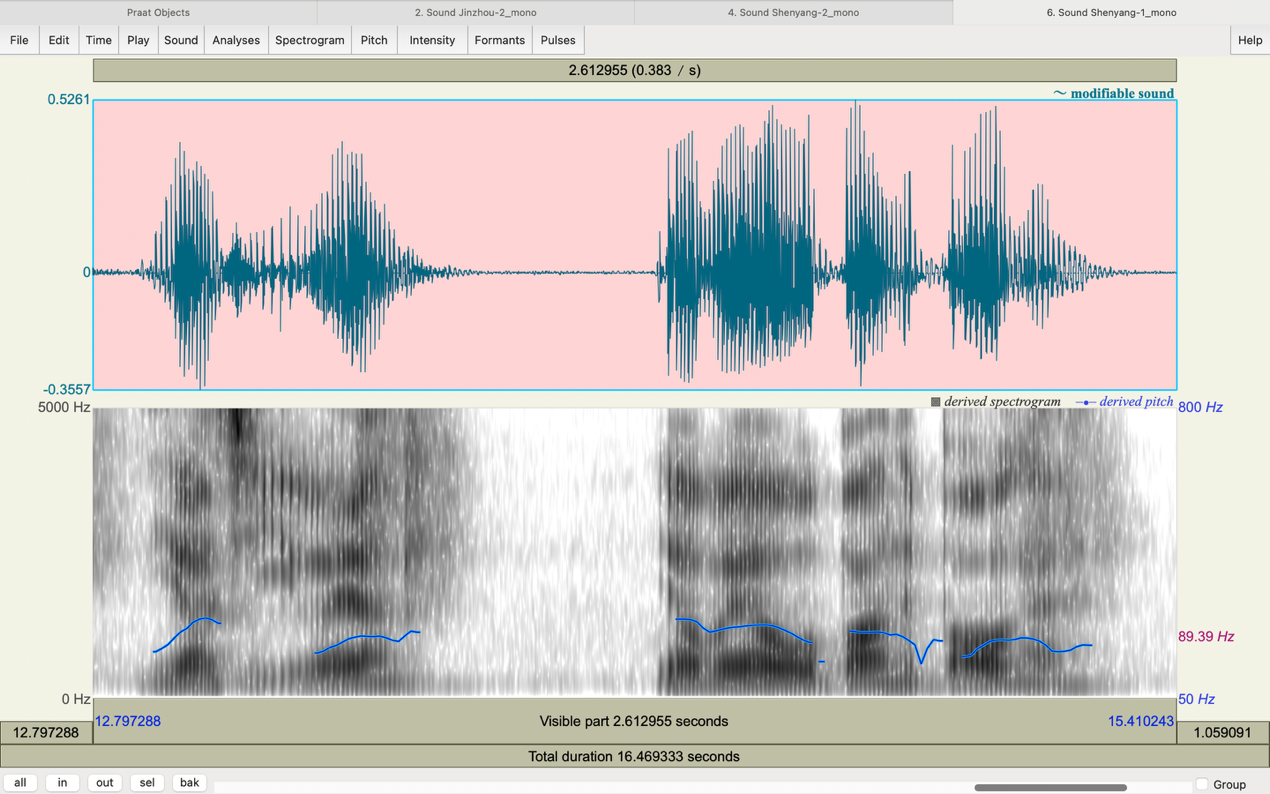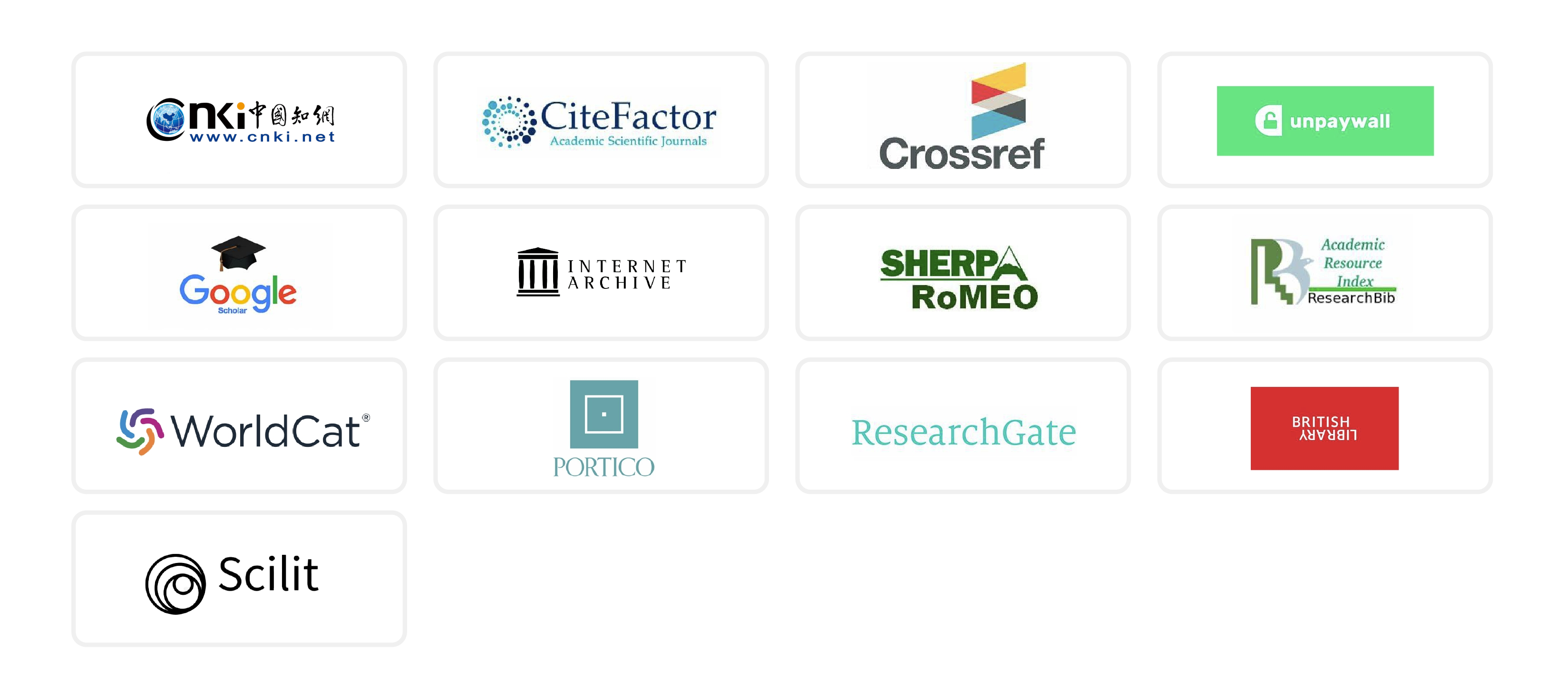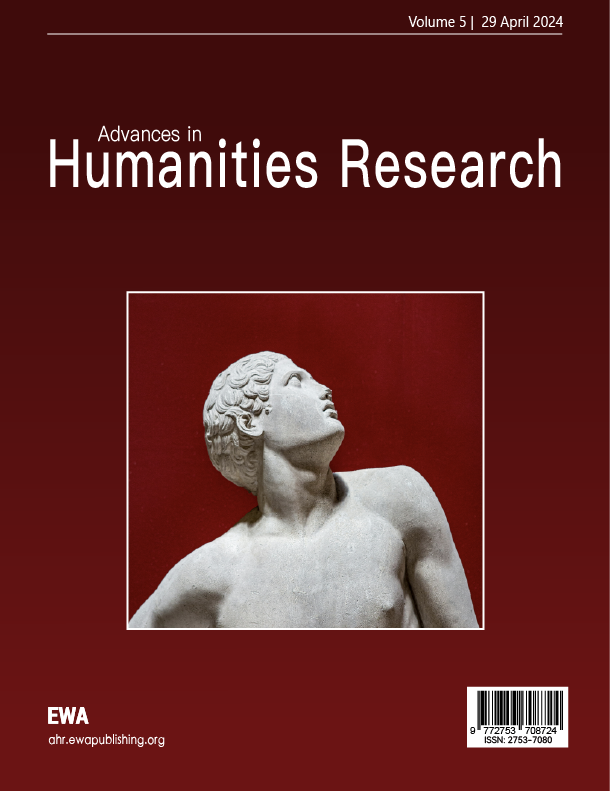

About AHRAdvances in Humanities Research (AHR) is an international peer reviewed journal published by EWA Publishing. AHR is published monthly. AHR publishes only original articles from a wide variety of methodological and disciplinary perspectives concerning humanities issues. The journal aims to improve the human condition by providing a public forum for discussion and debate about linguistics, literature, art, history and philosophy issues. The journal publishes articles that are research-oriented and welcomes empirical and theoretical articles concerning micro, meso, and macro phenomena. Manuscripts that are suitable for publication in the AHR cover domains on various perspectives of linguistics, literature, art, history, philosophy and their impact on individuals, businesses and society.For more details of the AHR scope, please refer to the Aim&Scope page. For more information about the journal, please refer to the FAQ page or contact info@ewapublishing.org. |
| Aims & scope of AHR are: ·Community, Society & Culture ·Literature ·Art ·Philosophy |
Article processing charge
A one-time Article Processing Charge (APC) of 450 USD (US Dollars) applies to papers accepted after peer review. excluding taxes.
Open access policy
This is an open access journal which means that all content is freely available without charge to the user or his/her institution. (CC BY 4.0 license).
Your rights
These licenses afford authors copyright while enabling the public to reuse and adapt the content.
Peer-review process
Our blind and multi-reviewer process ensures that all articles are rigorously evaluated based on their intellectual merit and contribution to the field.
Editors View full editorial board

Sialkot, Pakistan
nasir.mahmood@uskt.edu.pk

Huntsville, US
mallen@shsu.edu

Beijing, China
fan-yy13@tsinghua.org.cn

Sydney, Australia
yu.sang@sydney.edu.au
Latest articles View all articles

In the context of rapid advancements in digital technology, design is not merely an aesthetic reproduction but a deep integration of culture, technology, and contemporary context. This paper explores how digital media drives new pathways for the dissemination of traditional culture, analyzing the deconstruction and reconstruction of semiotics in design language, as well as the immersive experiential expression of traditional culture in modern design. Through virtual reality, artificial intelligence, and other technological means, designers can reinterpret and endow ancient cultural symbols with new meanings, bringing them to life in new temporal and spatial contexts. Additionally, this paper examines the infiltration and diffusion of digital art in bio-design, focusing on how AI-generated bionic structures interact with virtual environments to create emotionally resonant and highly interactive art installations. The study reveals that digital art, through innovative expression of traditional culture and integration with bio-design, offers unprecedented opportunities for cultural revival and sustainable development. As technology continues to advance, the transmission and regeneration of culture will present even broader possibilities in the future.

 View pdf
View pdf


This article explores the speculative biopolitics, ecological aesthetics, and representational ethics of human de-extinction as imagined in Tim Disney's 2019 film William, which portrays the resurrection of a Neanderthal child through genetic technology. While contemporary discourses on de-extinction often celebrate its potential to reverse biodiversity loss, William presents a more ambivalent vision—one that interrogates the emotional, ecological, and cultural consequences of resurrecting archaic hominins in the Anthropocene. Drawing on posthumanist theory, ecological aesthetics, and media analysis, this paper examines the film's visual and narrative construction of William's biological otherness and its broader implications for multispecies ethics. Special attention is given to the cultural portrayal of Neanderthals across visual media and how such representations shape public understandings of human evolution, identity, and archaeological knowledge. Ultimately, the article argues that William not only dramatizes the ethical dilemmas of species revival but also reflects deeper tensions in how science and media construct the boundaries of the human.

 View pdf
View pdf


This paper examines the ability of Stoic ethics to diagnose and alleviate ontological anxiety caused by generative artificial intelligence (AI) in healthcare settings. It puts forward the idea that as AI progressively colonises areas that have traditionally been considered exclusively human, such as creative problem-solving and empathic attunement, it erodes established anthropocentric boundary markers. This can lead to existential distress among clinicians and patients. Avoiding the simplistic debate of 'prohibition versus endorsement’, the study reimagines such anxiety as a cultural rupture: algorithmic mediation dismantles the symbolic economies of caregiving and destabilises the intersubjective foundations of medical identity. Mobilising the Stoic triad of the dichotomy of control, the equation of virtue with eudaimonia and the exercise of detached universality in a cosmopolitan context, the argument outlines a post-human medical ethic that uses AI for data-intensive, procedural labour, while preserving emotionally saturated, morally valenced care as an exclusively human prerogative. Cross-cultural robustness is provisionally modelled through family-centric interface design in East Asian contexts and algorithmic autonomy safeguards in Euro-Atlantic jurisdictions. The analysis acknowledges methodological constraints, particularly the limited scope of clinical scenarios currently investigated and the lack of empirical evidence.

 View pdf
View pdf



This research investigates intra-dialectal hierarchies within Northeastern Mandarin, focusing on the Shenyang and Jinzhou dialects, two closely related varieties in Liaoning province, China. The segmental features of these dialects are largely comparable; however, their suprasegmental characteristics, especially the intonation patterns in interrogatives, demonstrate considerable divergence. This enables us to examine how listeners utilize prosodic cues for both recognition and social assessment. The study, which involved recordings of speech, perception tests, and attitude surveys with ninety individuals from both local and non-local backgrounds, reveals a paradox: individuals struggle to accurately identify dialect origins through suprasegmental features, yet consistently evaluate Shenyang speech more favorably, indicating its status as the regional standard. This "misrecognition paradox" asserts that suprasegmental cues can sustain symbolic hierarchies even in the absence of accurate recognition, thus clarifying the implicit mechanisms that contribute to linguistic inequality. The results enhance sociophonetics and sociolinguistics by demonstrating how prosodic features facilitate intra-dialectal stratification and perpetuate social hierarchies beyond overt language classification.

 View pdf
View pdf


Volumes View all volumes
2025
Volume 12August 2025
Find articlesVolume 12May 2025
Find articlesVolume 12November 2025
Find articles2024
Volume 10December 2024
Find articlesVolume 9November 2024
Find articlesVolume 8September 2024
Find articlesAnnouncements View all announcements
Advances in Humanities Research
We pledge to our journal community:
We're committed: we put diversity and inclusion at the heart of our activities...
Advances in Humanities Research
The statements, opinions and data contained in the journal Advances in Humanities Research (AHR) are solely those of the individual authors and contributors...
Indexing
The published articles will be submitted to following databases below:





